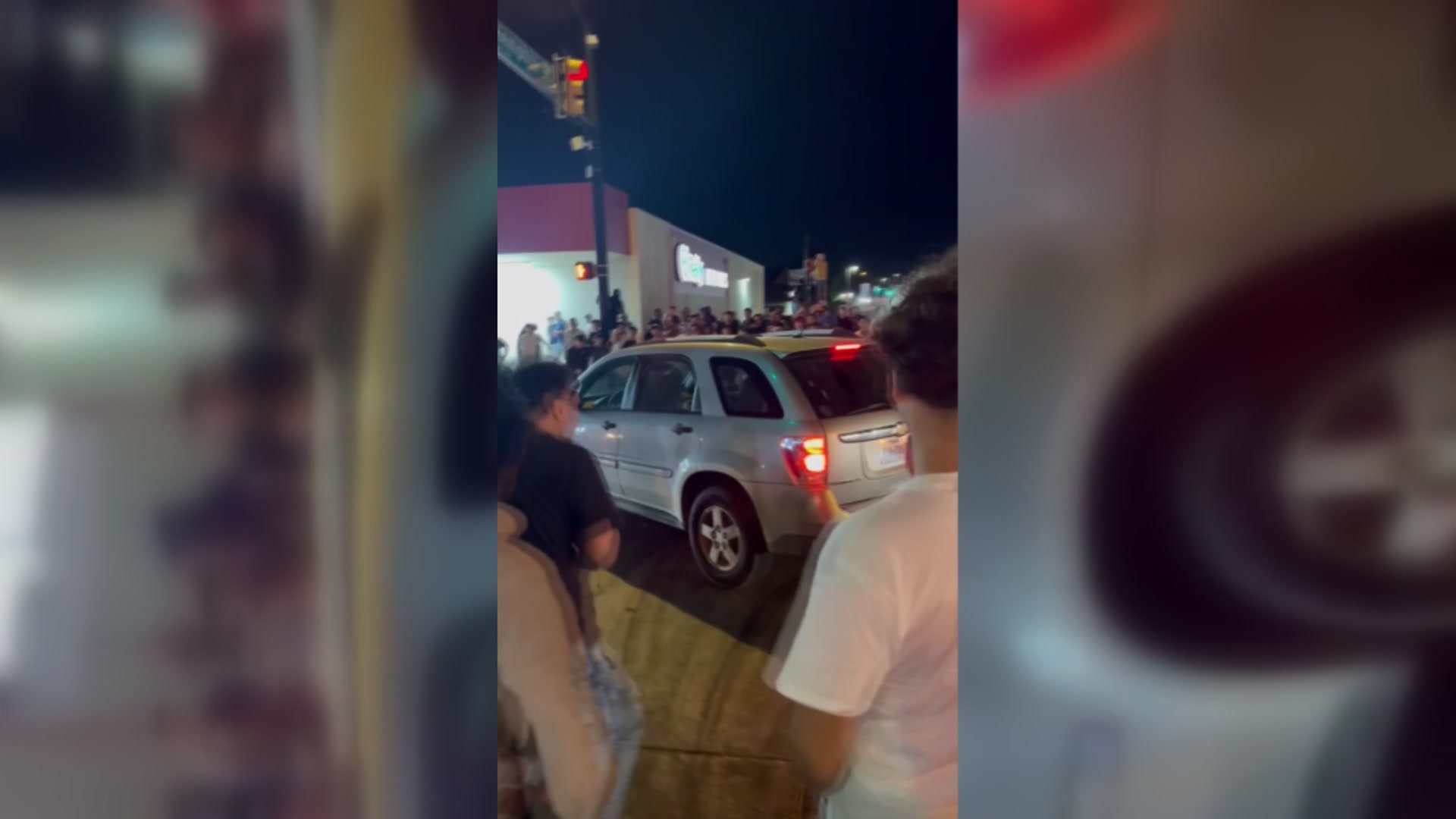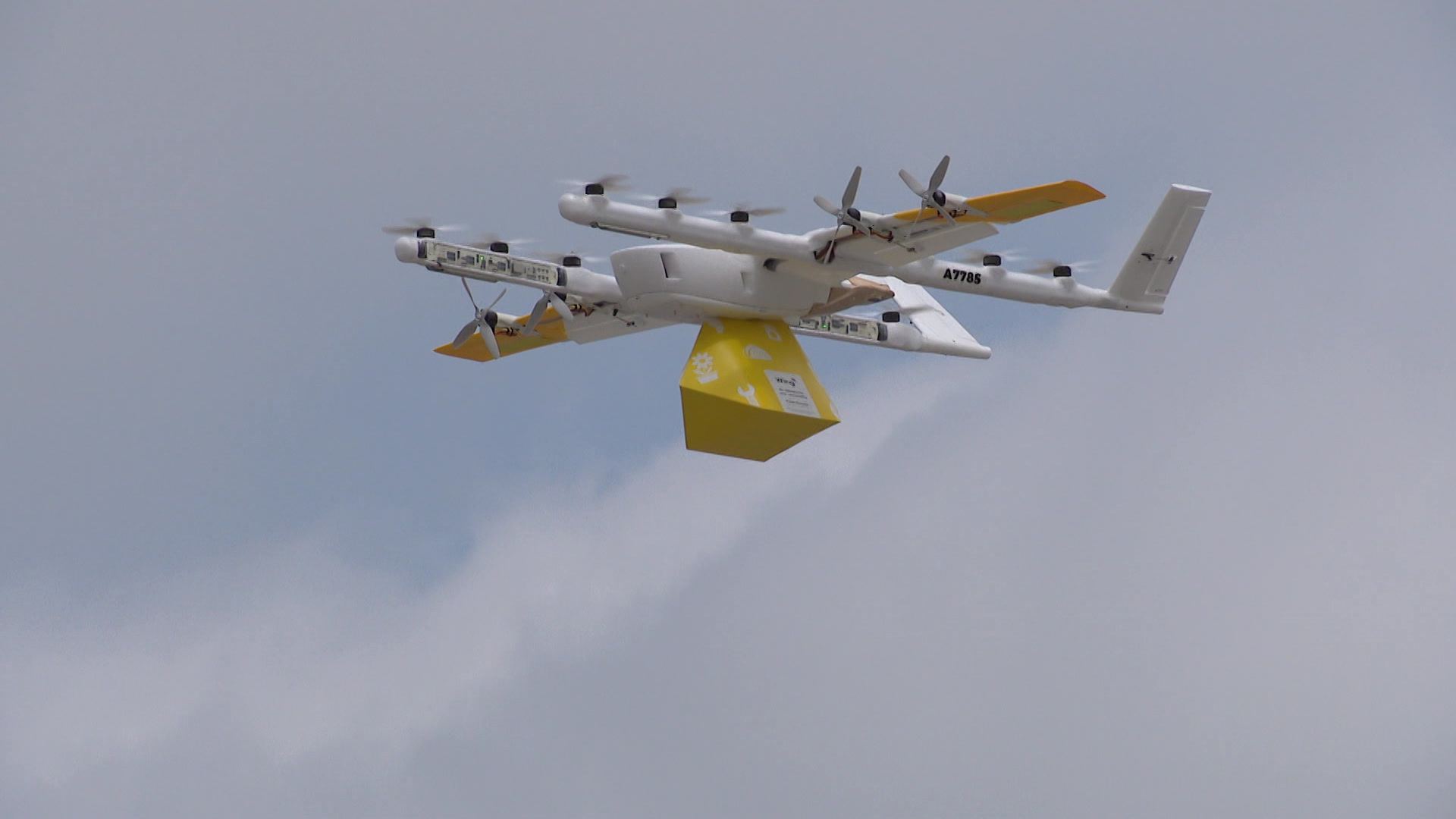The nation's only underground nuclear repository has received its first shipment of waste, more than three years after shipping was halted in response to a radiation release that contaminated part of the facility and sidetracked the federal government's multibillion-dollar cleanup program.
The U.S. Energy Department said Monday that the shipment from a federal facility in Idaho marked a milestone for the Waste Isolation Pilot Plant and the government sites where tons of waste left over from decades of nuclear weapons research and development have been stacking up.
The Waste Isolation Pilot Plant was forced to close in February 2014 after an improperly packed drum of waste ruptured.
Some operations at the repository resumed in December 2016 after an expensive recovery effort, but federal officials have acknowledged the resulting backlog.
A semi hauling two large casks containing the waste passed through the front gates at the repository in southeastern New Mexico under the cover of darkness. Two honks of the horn spurred cheers and hoots from workers who were waiting for the delivery.
"To see shipments arriving again at WIPP is celebrated not only by the WIPP workforce and the Carlsbad community, but also by our DOE host communities that support the critical missions of the department," Todd Shrader, head of the Energy Department's field office in Carlsbad, said in a statement issued Monday.
The repository plans to receive two shipments a week at first, then ramp up to four a week by the end of 2017.
Local
The latest news from around North Texas.
The initial shipments will come from Idaho, Savannah River in South Carolina and the private Waste Control Specialists in West Texas.
Both Los Alamos National Laboratory in northern New Mexico and Oak Ridge in Tennessee are expected to send off two dozen shipments each later this year.
The Energy Department has said the exact schedule will be adjusted based on several factors, including weather and how quickly the waste can be taken below ground once it arrives in southern New Mexico.
Work to move the waste into its final resting place -- disposal vaults carved out of an ancient salt formation about a half-mile below the surface -- now takes more time because of the extra clothing, respirators and heavy monitoring devices that workers must wear to protect against the contamination. Limited ventilation also slows the work.
The waste includes gloves, tools, clothing and other materials.
It was a drum packed at Los Alamos that triggered the 2014 release. Investigators have said the incident could have been avoided had existing policies and procedures been followed.
In the wake of the incident, policies were overhauled and criteria for characterizing, treating and packaging the waste were bolstered. The Energy Department and its contractors also reached a multimillion-dollar settlement with the state of New Mexico for numerous permit violations.



